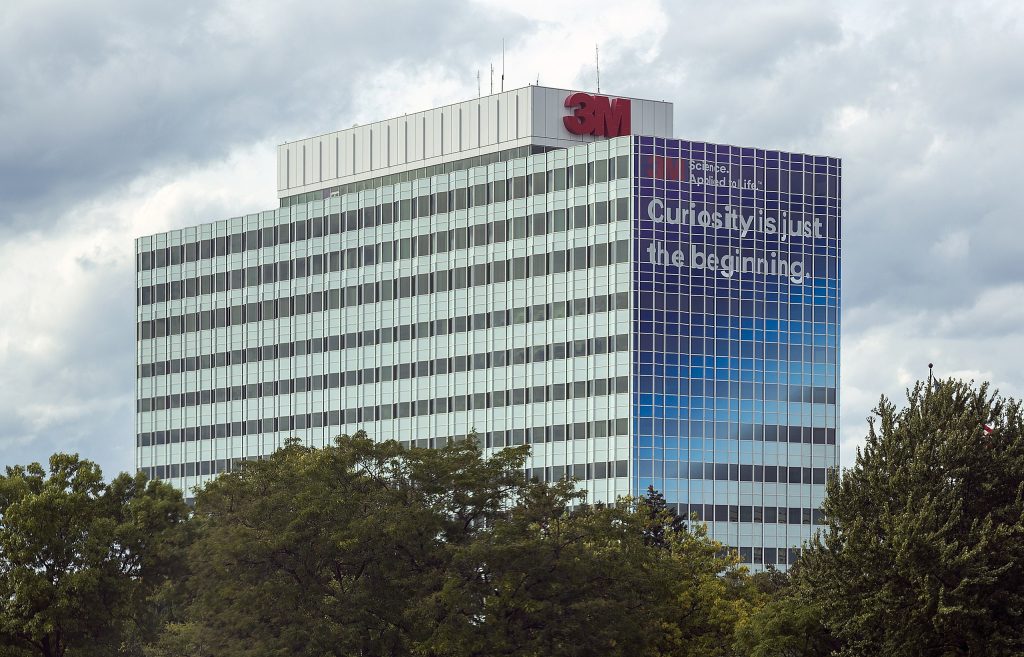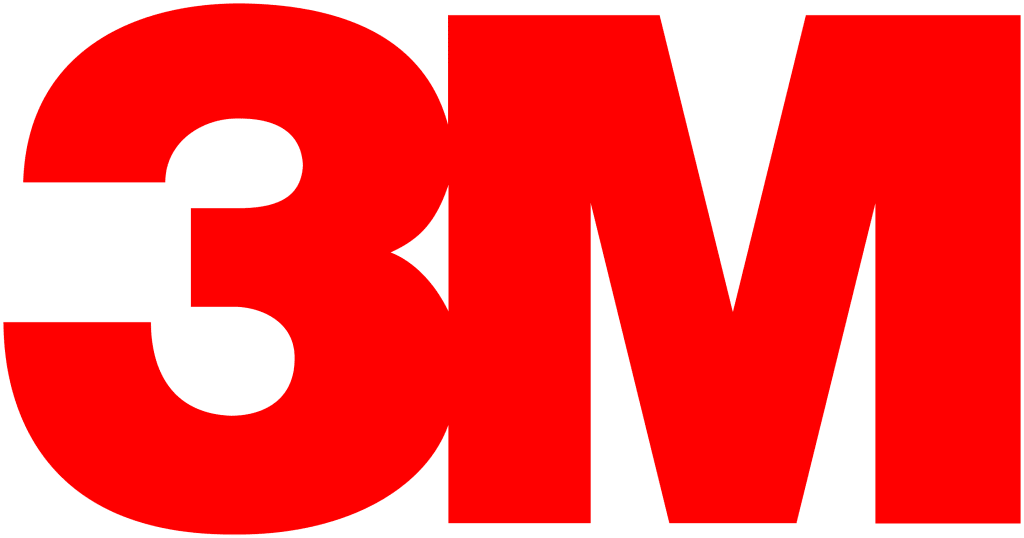
Prologue — Mist Like a Marsh (1902, Minnesota Lakeshore)
Every morning, fog lay over the Minnesota lakeshore like a swamp. In 1902, five founders clashed shovels and pickaxes, urging one another on: “If we can mine corundum, hard as a jewel, we will survive.”
But when the ore was hauled in and tested, the results were cold. “This is not corundum. It’s worthless anorthosite.” Investor Lucius Ordway set the report down. Silence fell heavy in the room. That night, a young bookkeeping assistant closed his notebook and muttered, “What if we processed instead of mined?” His name was William McKnight.
This failure became the first turning point—when Minnesota Mining and Manufacturing, later known as 3M, shifted from digging stone to selling ways of solving problems.
A Philosophy of Delegation
Years later, in a shabby office thick with the smell of carbon paper, McKnight told young engineers: “Give people authority. Give them freedom to fail. Our job is not to strangle possibilities, but to grow them.”
The old stove clattered in the corner. That philosophy of autonomy and delegation became 3M’s constitution. It sprouted even stranger customs, like encouraging employees to spend 15% of their work time on personal ideas.
“Fifteen percent time? Try it. Just keep your promises to customers.”
Someone laughed. That laughter lingered for decades.
The Birth of Tape (1920s)
In the auto shops of St. Paul during the 1920s, paint fumes hung thick. Young engineer Richard Drew heard a painter curse.
“The tape’s too strong—it rips the paint off!”
Drew scribbled notes and ran back to the lab: adhesion that sticks but leaves no scar. He eventually invented masking tape, and five years later, transparent cellophane tape.
When the Great Depression hit, people used it to patch torn book spines and cracked windowpanes. In an age of poverty, a thin transparent strip held daily life together.
War and Reflection (1930s–1940s)
3M’s tapes soon entered the wartime factories.
“Parts labeling, temporary holds, sealing—we’ve got over a hundred varieties,” one supervisor nodded.
Meanwhile on the roads, reflective sheeting embedded with glass beads lit up roadside signs. “You can see the road at night!” In 1939, Minnesota’s first reflective sign was raised. Some called its golden shimmer “the language of safety.”
Accidental Innovations (1968–1980)
Accidents often wrote new history. In 1968, chemist Spencer Silver sought a super-strong adhesive but instead created one with the opposite property—weak, removable stickiness.
“The problem is it’s too weak,” Silver admitted, sharing the idea in internal seminars.
Years later, choir member Art Fry struggled with hymn-book markers slipping out. He had a spark: “What if I put that adhesive on notes?”
3M’s culture of “permitted bootlegging” supported them. Test sales in 1977 fizzled, but in 1978 the “Boise Blitz”—a massive free sample campaign—swept offices. By 1980, the yellow sticky note officially debuted across America. The color? Scrap yellow paper from a neighboring lab.
Beyond Tape — 15% Time and New Frontiers
The 15% policy continued to open new roads. Some invented UV-curable polymers. Others drew thinner, stronger optical films. After meetings, chalkboards often carried graffiti: “Today’s failure is tomorrow’s product candidate.”
McKnight’s memo—freedom and tolerance of mistakes—never grew old.
The Pandemic Years (2020)
Decades later, a different night fell. In spring 2020, as the virus spread, factory managers worldwide joined a video call from Maplewood HQ.
“Faster, more N95s.”
Supervisors nodded. Production lines were rearranged, molds expanded, raw material sources diversified. Spreadsheets updated by the minute. By late autumn, monthly US production exceeded 95 million units; globally, annual output hit 2.5 billion.
Warehouse shuttles ran through the night, delivering boxes to hospitals and public health sites.
“We are selling time now,” someone muttered.
The government invoked the Defense Production Act. 3M negotiated complex supply and international sourcing agreements.
Environmental Reckonings (2000–2024)
But the river never ran smooth. A report landed on the table: “PFOS, PFOA… so-called forever chemicals.”
In 2000, 3M announced a phase-out of PFOS products, reshaping its portfolio. The meeting minutes read: “They last too long. They spread too far.”
In December 2022, the company declared it would end all PFAS production by 2025. Meanwhile, negotiations with US public water utilities stretched on. In April 2024, the court approved a settlement of up to $10.3 billion.
Even if costly, restoring clear water became an obligation.
The Earplug Battle (2010s–2023)
Another wave: mass litigation over Combat Arms military earplugs. 3M and subsidiary Aearo argued, “Safe when used properly.” But in 2023, they entered settlement talks up to $6 billion.
Late-night lights burned in legal offices. A lawyer scrawled: “Truth is fought in court; trust rebuilt in factories.” The next day, production lines ran as usual.
Reshaping the Company (2024–2025)
The company also trimmed itself.
“Let’s spin off healthcare.”
On April 1, 2024, Solventum debuted on the NYSE. Its fields: infection prevention, oral and medical materials, purification and filtration. A company reborn from 3M’s portfolio. That week, an internal memo read: “A lighter ship sails farther.”
Leadership shifted too. “Effective May 1, William ‘Bill’ Brown becomes CEO.” Former chief Mike Roman moved to chairman.
In his first town hall, Brown said: “Respect the old ways, but don’t repeat them blindly.” Someone chuckled: “We’ve always been the company that tries.”
The Many Currents of 3M
And so, 3M’s river split into hundreds of tributaries of technology. Reflective road signs pierced rain at night. Optical films brightened screens. Tape dispensers still sealed cracks in kitchens. Yellow notes still carried jokes and promises.
“Where there are problems, there is engineering,” muttered an engineer shutting his locker. “And where there’s engineering, there must be a culture that endures failure.”
Yet the riverbed still swirls. The PFAS exit will not be smooth. Legal shadows linger on balance sheets. But this company learned direction from failure, systems from crises, and responsibility from disputes.
On the day their first shovels struck worthless stone, they turned from what to mine to how to make. Today they turn from what to sell to how to make responsibly.
The language is not lofty. It’s in checklists, improvement notes, and engineers’ scribbles: “Today, better than yesterday.”

Epilogue — The Next Note
Someday, another young engineer may mutter in a factory corner:
“A glue that sticks, but leaves no scars.”
He’ll chase that nameless idea in his 15% time. Whether it becomes a tape, a light, or a data-hungry film, one thing is certain: 3M’s way is not over—holding onto problems, trusting people, taping together tomorrow.

